
In the following paragraphs Yasser an electrical engineer who published few articles in this blog is talking about lighting design considerations and giving guidance for you to facilitate the lighting design process.
Lighting Terminologies
At first we need to define some necessary terminologies which is so important to understand the basics of lighting.
- Luminous flux: the amount of energy emitted from a lamp in all directions in a second.
- Lux: a unit to measure the direct illumination on a surface and equals to lumens per meter square.
- Polar curve: it’s the lighting distribution curve and shows how light is being spread on the opposing surface.
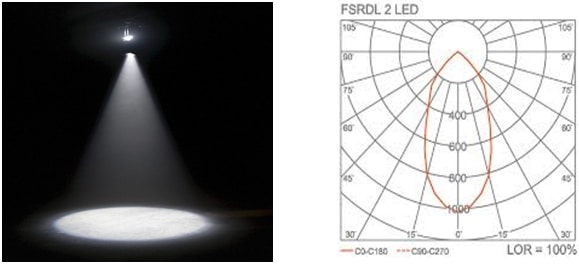
Figure.1 Lighting distribution due to down light polar curve | image: i.pinimg.com / Figure.2 down light polar curve | image: encrypted-tbn0.gstatic.com
After having an overview about some basic lighting concepts we will now go through the design steps which are straight forward and easy to implement.
Lighting Design Steps
To achieve the optimum lighting design, many factors can be determined and clearly defined so the design meets the requirements and properly provide comfort and functionality for personnel.
Type of Lighting
Due to the variety of human activities, which require special considerations in order to meet the personnel comfort and satisfaction. These activities include working areas, homes, entertainment areas, open areas and etc… many factors of lighting design depends on the type of lighting to be implemented in a specific place, such as the luminaire type and shape, color rendering index, color temperature, lighting technology (LED, CFL), lux level and also lighting cost.
In the following we define the most common lighting types.
- General Lighting: it’s the light we live by, it enables us to perform our different activities, to see what you are doing and also showing the staff around us. This type of lighting is applied to general use areas such as sleeping rooms, corridors and open space areas that don’t involve any special activity.
- Functional Lighting: it’s the technique of lighting used for special task or activity. Sometimes a special activity such as exhibitions requires warm light, on the other hand offices and working areas require cool light instead. Lighting for decorations is considered a functional lighting. Here we maybe use a special luminaire on a desk or a suspended one to provide light on to a specific area.
- Façade Lighting: a decorative lighting method used for the frontage of buildings.
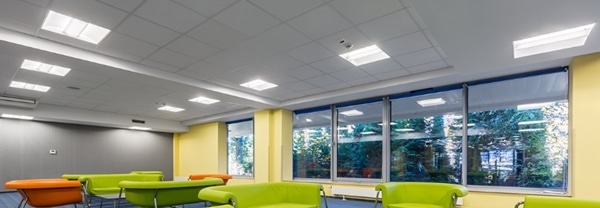
Figure.3 General Lighting | image: altechelectronics.com
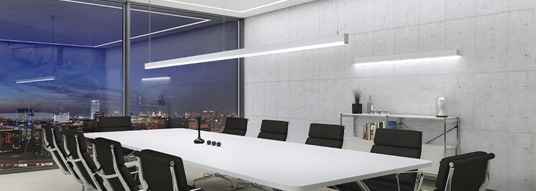
Figure.4 Functional Lighting | image: archiexpo.com
Lux Level
The amount of lux determines how bright the surface will be, the more lux means the more light and the opposite is true. Lux level differs due to the human activity in a specific place. There are many standards which can guide you to the optimum amount of lux.
An important note to be mentioned is when the lux level is so high or non-uniformly distributed, it causes glare and discomfort of who occupies the room.
Luminaire type
It’s essential to choose the suitable luminaire and its reflector and refractor which affects the polar curve. From a decorative point of view, the luminaire should look nice in some specific applications such as meeting rooms, but we neglect this aspect in working areas and production lines halls.
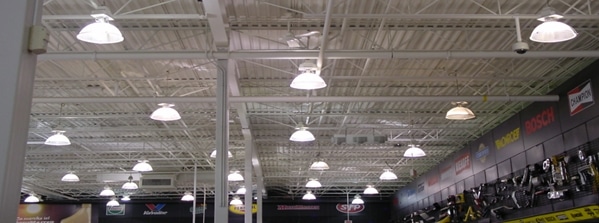
Figure.5 Luminaire shape is not important in some working areas | image: standardpro.com
Also choosing a luminaire will require specifying light temperature and color rendering index (determines how colors will appear under a specific luminaire in comparison to the same colors under sun light) and the following figures shows the effect of CRI and light temperature.
One more thing we must specify is luminaire suspension type which depends on the ceiling type (surface mounted, suspended and recessed) and must be specified when purchasing the luminaire.
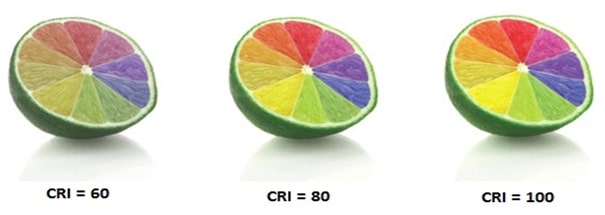
Figure.6 different levels of CRI | image: king-toner.pl
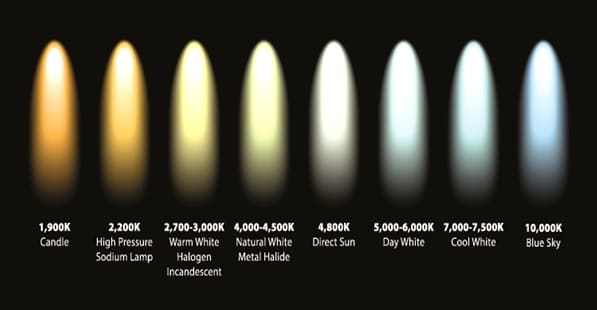
Figure.7 Light temperate and the corresponding light color | image: pbblogassets.s3.amazonaws.com

Figure.8 Isoclines showing lux levels on the room surface | image: penglight.com
Number and luminaires configurations
Number of luminaires and how they would be placed on the ceiling can be determined in many ways, the most primitive is the hand calculations, which give the configuration and number due to a specific equation, but there is an easier way by implementing the use of computer software.
One of the most common lighting software is Dialux, which is easy to use. The following figure show the output of Dialux project.
Conclusion
Finally, lighting design is easy and straight forward, but it involve many considerations and details which should be regarded, we have discussed some basics about lighting design which will help you to start but maybe you need some more details to get the optimum design, which may be covered in other articles.
Thank you for your attention, leave your comments if you want to!
Yasser